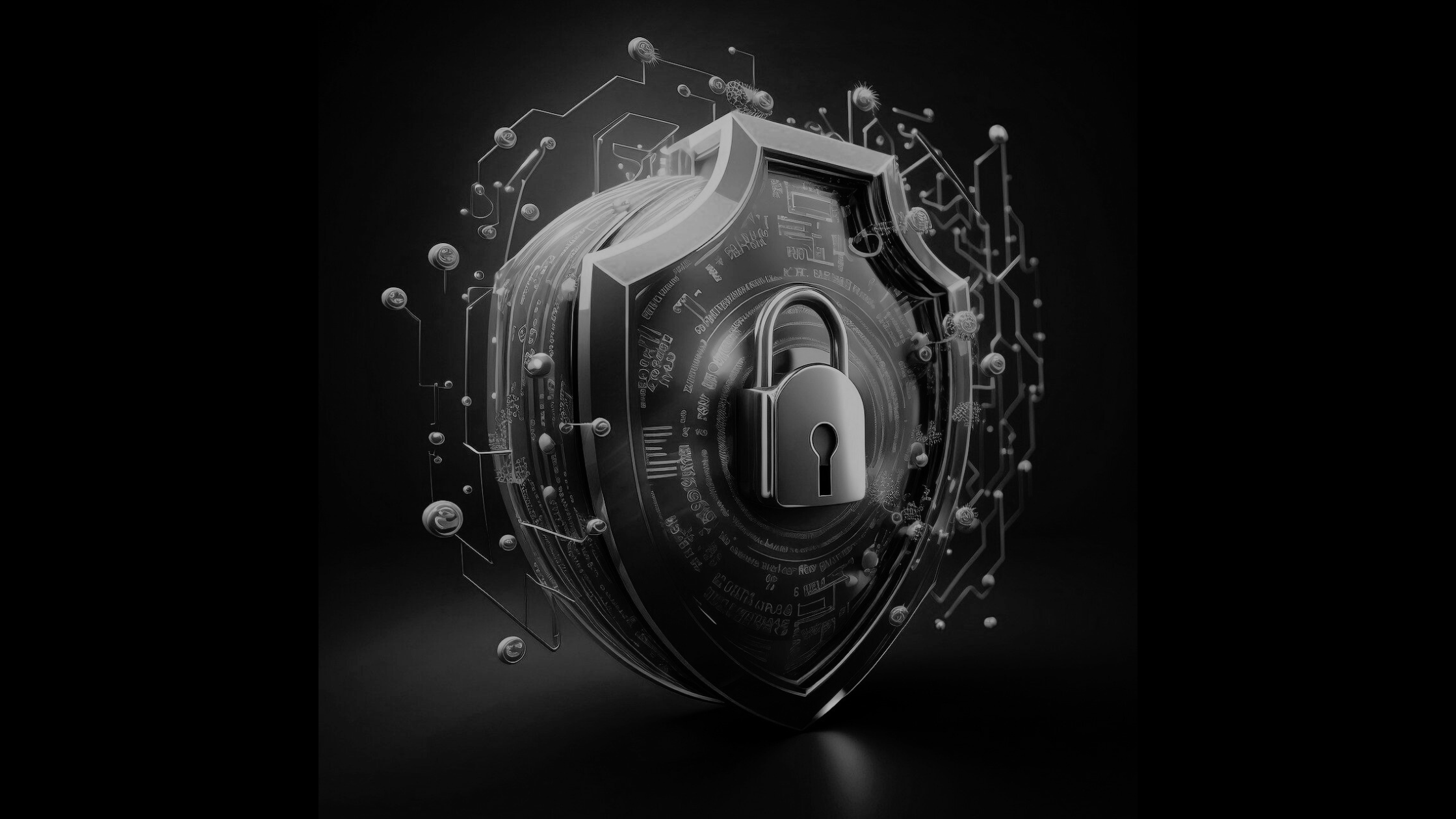In the realm of cybersecurity, understanding the differences between firewalls and antivirus software is crucial for implementing effective network and endpoint protection strategies. This page clarifies the distinct roles of firewalls and antivirus programs, highlighting how they complement each other to safeguard your digital assets. By the end, you’ll grasp the importance of integrating both solutions into your security architecture for comprehensive defense against cyber threats.
Differentiating Firewalls and Antivirus Software
1. Firewall: Network Perimeter Defense
A firewall acts as a barrier between your internal network and external threats, controlling incoming and outgoing traffic based on predefined security rules.
Functionality of Firewalls
- Traffic Filtering: Firewalls inspect network packets to determine whether to allow or block them based on criteria such as IP addresses, ports, and protocols.
- Network Perimeter Protection: They secure the boundary of your network, preventing unauthorized access and external attacks.
- Rule-Based Control: Firewalls enforce security policies defined by administrators to regulate traffic flow.
Ideal Use Cases
- Network Security: Essential for protecting entire networks from external threats and unauthorized access attempts.
- Boundary Defense: Safeguards sensitive data and critical infrastructure by filtering incoming and outgoing traffic.
2. Antivirus Software: Endpoint Protection
Antivirus software focuses on protecting individual devices (endpoints) within a network, including desktops, laptops, and mobile devices, from malicious software (malware) and other threats.
Functionality of Antivirus Software
- Malware Detection and Removal: Antivirus programs scan files and processes on endpoints for known patterns and behaviors of malware.
- Real-Time Protection: They provide continuous monitoring and detection of suspicious activities to prevent infections.
- Endpoint Security: Protects devices regardless of their location, ensuring comprehensive threat prevention.
Ideal Use Cases
- Endpoint Security: Crucial for safeguarding devices and data stored on endpoints from malware infections and other cyber threats.
- User Protection: Ensures individual users remain secure while accessing the network from various locations.
Understanding the Synergy Between Firewalls and Antivirus
1. Complementary Roles in Security
Firewalls and antivirus software serve complementary roles in cybersecurity:
- Network Defense vs. Endpoint Protection: Firewalls protect the network perimeter and control traffic flow, while antivirus software secures individual devices by detecting and removing malware.
- Layered Security Approach: Integrating both solutions creates a layered defense strategy, enhancing overall security posture against diverse cyber threats.
- Risk Mitigation: Combining firewalls and antivirus software mitigates risks associated with network breaches, malware infections, and data exfiltration.
2. Importance of Integrated Security Solutions
To achieve comprehensive protection, organizations should adopt integrated security solutions that include both firewalls and antivirus software:
- Unified Threat Management (UTM): UTM solutions integrate firewall functionalities with antivirus, intrusion detection/prevention, and other security features.
- Endpoint Detection and Response (EDR): EDR solutions enhance antivirus capabilities by providing advanced threat detection, incident response, and remediation on endpoints.
- Security Operations Center (SOC): SOC teams leverage integrated security solutions to monitor and respond to security incidents across the network and endpoints.
Conclusion
Understanding the distinctions between firewalls and antivirus software is essential for implementing effective cybersecurity measures. While firewalls secure the network perimeter and regulate traffic flow, antivirus software protects individual devices from malware and other threats. By integrating both solutions into your security architecture, you can establish a robust defense against evolving cyber threats and ensure the integrity and confidentiality of your digital assets.
For further insights into network and endpoint security solutions, refer to our guide on firewall vs. antivirus. Implementing a layered security approach is key to safeguarding your organization against cyberattacks and maintaining business continuity.



